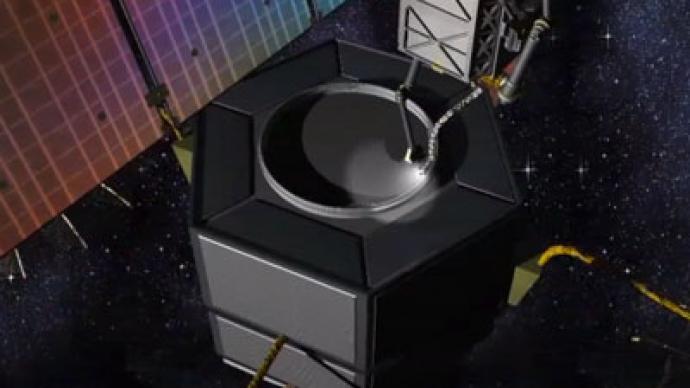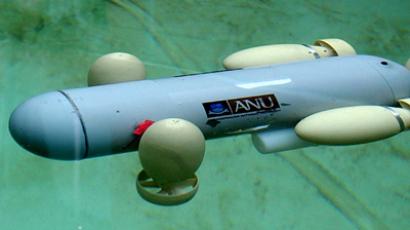Pentagon's DARPA reveals plans to reuse old satellites

Worried about the environmental impact of space debris? Retired satellites that continue to orbit the Earth will soon be reused after the Department of Defense (DoD) sends robotic devices to space to bring the retirees back to life.
The Defense Advanced Research Projects Agency (DARPA) announced Tuesday that it plans to offer robotic, in-orbit satellite servicing starting in 2015, which would recycle old satellites to provide greater communication capabilities to warfighters from 22,000 miles above the earth.The project, which the DoD has coined ‘Phoenix’, will take retired satellites that are already in geosynchronous orbit in space and link its antennas to one or more ‘satlets’ that will make them function again. These ‘satlets’, which are often described as ‘miniature satellites’, will merge with the defunct item to create a new, working system. Usually, satellites are expensively built from new materials and sent into orbit at a cost of millions of dollars, but the recycling makes the project more economical.
A single satellite launch can cost about $50 to $400 million, according to Globalcom Satellite Communications. Reusing retired satellites that are already in orbit is complicated, but allows the US government to have more working satellites at a reduced cost. It also reduces the amount of space debris that is permanently in orbit.“[Phoenix is a] modest effort to increase the return-on-investment for DoD space missions,” Dave Barnhart, a DARPA program manager, said at a press conference.“If you have the ability to utilize hardware that’s up there, you can do this at a lower cost,” he added.
The most expensive part of the Phoenix mission would be the launch of the robotic servicing hardware, which would need to be brought to space in order to release the ‘satlets’ to link with the retired satellites.Using robotic arms and cameras, some of which will be controlled using DoD software from earth, DARPA believes it can fix up the defunct satellites, of which there are about 140 that are good for ‘harvesting’. The four-year program has been allocated $180 million to launch the mission.
As a result of the mission, the government will save millions of dollars on antennas and solar panels, which often still work when a satellite retires but cannot easily be retrieved. Recycling the satellites will be expensive at first, but will save money in the long run.“We’re attempting to essentially increase the return on investment … and try to find a way to really change the economics so that we can lower the cost” of military space missions,” Barnhart said.
The biggest challenge that DARPA will face is putting together the new system without breaking the antenna from the retired satellite.“We have a long way to go, but we are laying the foundation for improving how we build space systems, with the goal of changing the economic model for space operations,” Barnhart said.













